Horned Larks aren’t one of the “glamour species” for many, probably partly due to the fact that they’re so widespread and common. They’re found throughout most of North America and much of Eurasia. One of my scientific heroes, Carl (Carolus) Linnaeus, assigned the Latin name Eremophila alpestris (meaning “lark of the mountains”) to this bird, despite the fact that they commonly inhabit prairies, farmlands and deserts.
These were the most common birds, by far, on the Montana farm where I grew up and they always bring back fond memories for me. Many folks think of them as just another “mostly brown little bird” but when you get close their colors and patterns really stand out. I really enjoy their soft, subtle call and have spent many hours watching them up close through my lens.
These photos were taken on Antelope Island in the last few weeks.
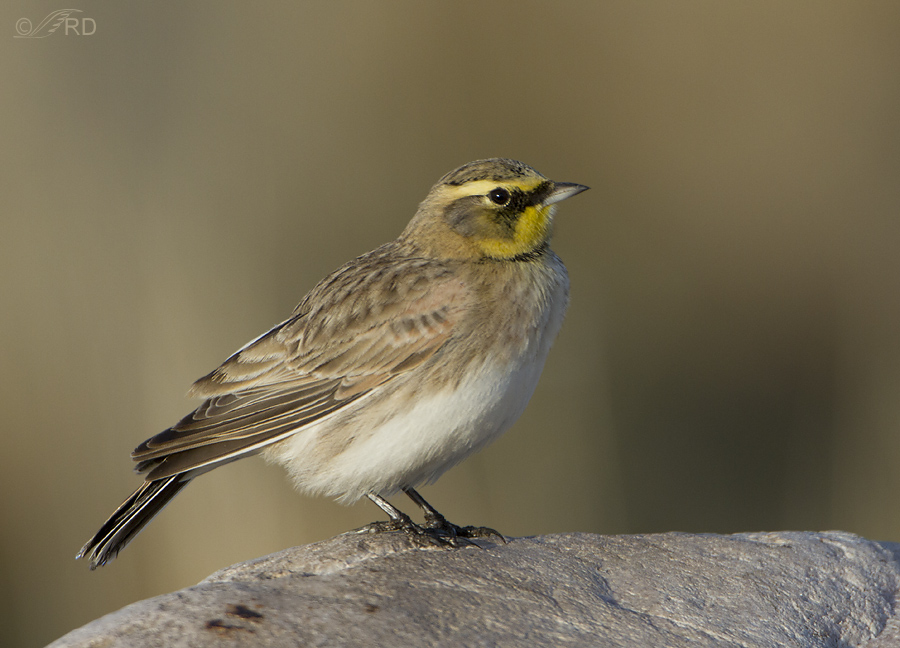
1/1600, f/6.3, ISO 500, 500 f/4, 1.4 tc, natural light, not set up or called in
The sexes are similar, though the colors of the males are more vivid and the namesake “horns” of the female are less evident than those of the male. This is the female.
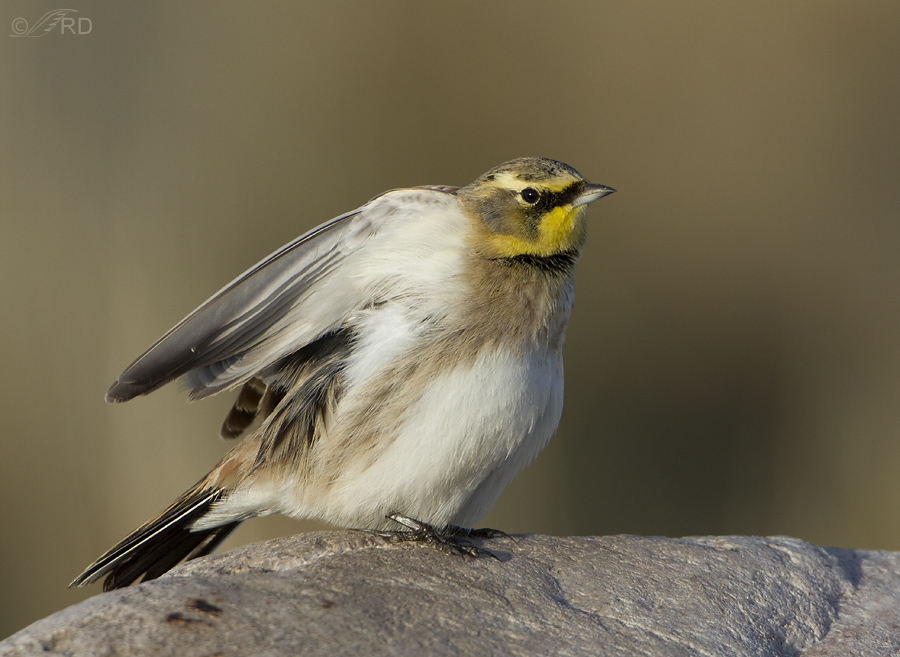
1/1600, f/6.3, ISO 500, 500 f/4, 1.4 tc, natural light, not set up or called in
She posed for me for quite a while before flying off.
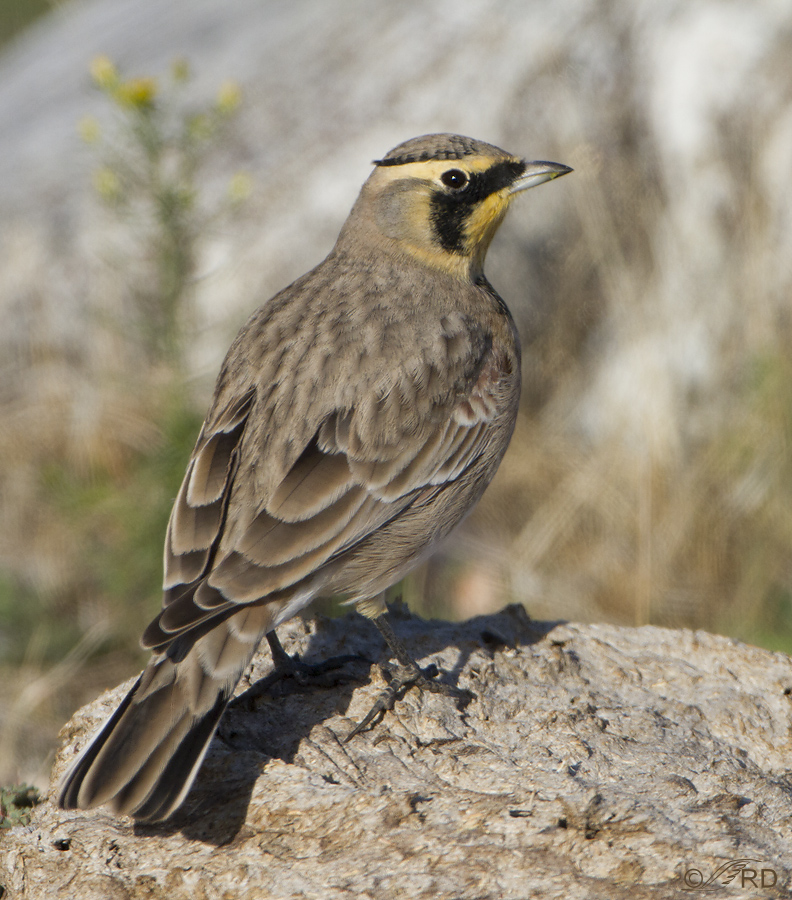
1/2000, f/7.1, ISO 500, 500 f/4, 1.4 tc, natural light, not set up or called in
This is the male, in a setting that shows more habitat. Often the black horns are laid back flat on the head like this and difficult to see from most angles.
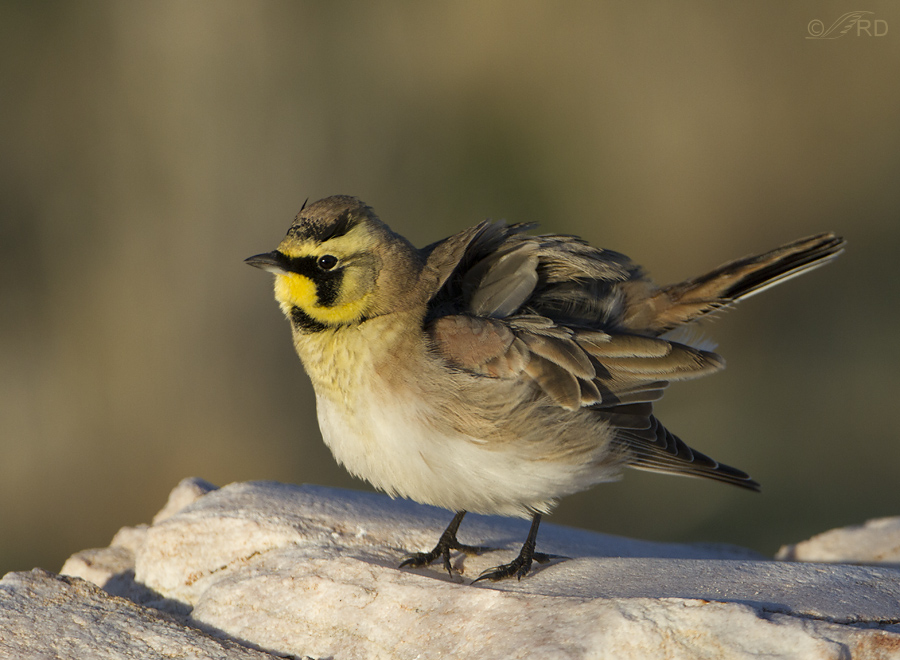
1/1600, f/6.3, ISO 500, 500 f/4, 1.4 tc, natural light, not set up or called in
This male displayed his horns a little better as he was rousing.
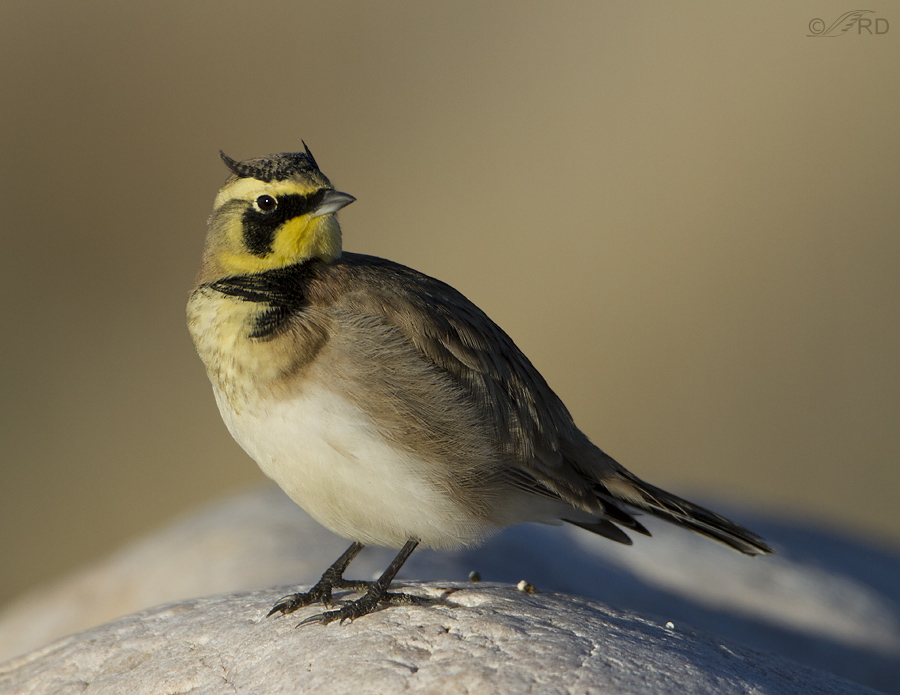
1/2500, f/7.1, ISO 500, 500 f/4, 1.4 tc, natural light, not set up or called in
I don’t catch the horns this erect very often but here they’re quite obvious.
This species spends most of its time on the ground feeding among the vegetation which makes it difficult to get a clear shot of them. But they also habitually perch on low rocks and they seem to have their favorites. There’s a group of boulders on the island that I’ve come to rely on as a reliable place to find these birds and these shots were taken on those rocks.
Ron


Beautiful series of portraits! I keep hustling over to the coast to catch some migrants but to no avail. One day……
Cute little birds, they are all over our Teasdale land, and constantly tease me to get a good look at them. Thanks for providing such good pics!
Thank you, Tana.
LBJs (little brown jobs) frequently do repay closer examination. And these are charmeres. The horns in the third photograph reminded me of my father’s eyebrows – which he would plait if he was bored at dinner parties (much to my mother’s displeasure). Diversions into my history aside, thank you for showing me this enchanting small bird. Am I right in thinking that they are also singers?
“LBJ” always makes me smile, Elephant’s Child. But I’m old enough that it also makes me think of former president Lyndon B. Johnson. And yes, they do sing, but it’s very soft and subtle so you have to be fairly close to them to appreciate it.
What a nice set of pictures. I love the one that shows the horn feathers!
Thanks, Teri. Yes, those horns are quite distinctive on a small songbird.
I enjoy your patience in capturing details.
I have never seen a horned lark even though they are present here.
Maybe I could recognize one now thanks to you
Diana, they look fairly nondescript until you get up close. Most folks don’t pay much attetion to them.
I have probably seen over a million of these birds over the years Ron. Never like this though. Thanks for the insight into their details. They are indeed a beautiful bird too often overlooked.
I’ll bet you have (seen a million of them), Bryce – especially considering some of the places you hang out for so long. So have I, but you’re right, and I overlooked them for too long.
These are absolutely wonderful. We don’t have them in Missouri and I have only seen them once in Southern Tesas. A male and I think they are beautiful!
Thanks for sharing.
I’m glad you like them Charlotte. Thank you.